Ending exactly five months of delays, SpaceX has completed the first polar launch from Florida in more than half a century, potentially changing the game for the US launch industry.
Coincidentally SpaceX’s 100th launch ever, the SAOCOM 1B mission’s success could significantly redefine what current and future US launch providers are able to achieve with a single launch pad. To pull it off, SpaceX managed to thread the needle between Florida storm cells, avoiding the same fate as the Starlink-11 mission that was scrubbed by inclement weather earlier today. Prior to that delay, SpaceX was targeting – and, based on past performance, would have likely achieved – two orbital Falcon 9 launches and landings in less than ten hours, what would have easily been the quickest back-to-back commercial missions in history.
At 7:18 pm EDT (UTC-4), Falcon 9 booster B1059 lifted off from Cape Canaveral Air Force Station (CCAFS) Launch Complex 40 (LC-40) for the fourth time in nine months. The rocket performed perfectly, sending an expendable Falcon 9 second stage (S2), a payload fairing, SAOCOM 1B, and two rideshare payloads on their way to orbit. Eight minutes after launch and roughly six minutes after stage separate, B1059 successfully returned to SpaceX’s Cape Canaveral Landing Zone (LZ-1) for a soft landing, becoming the first booster to do so in almost six months.
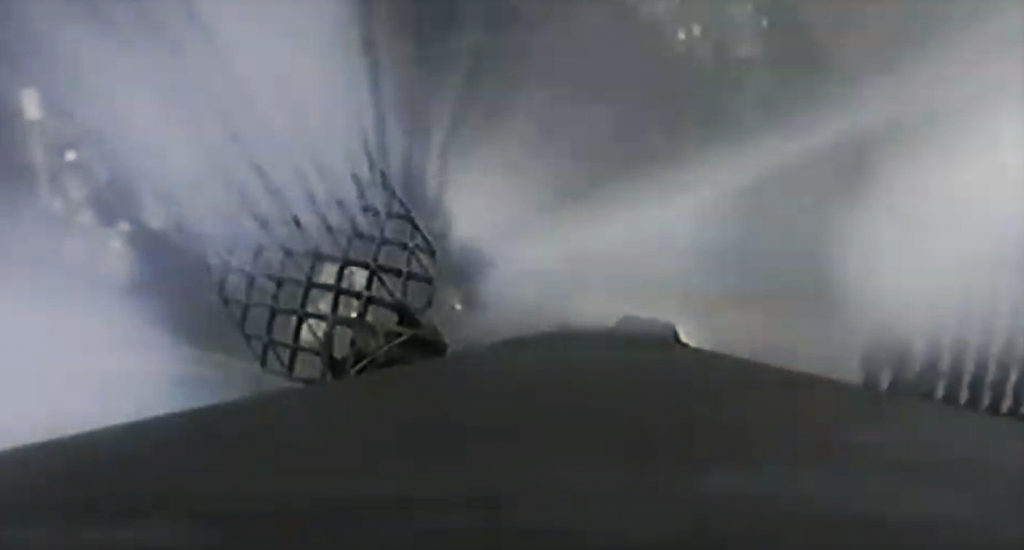
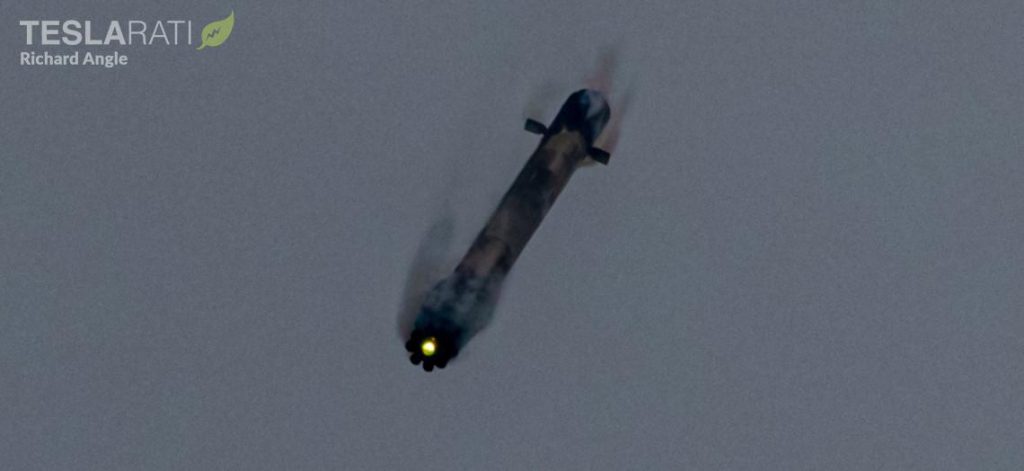
A brisk four minutes after Falcon 9’s first second stage engine cut-off (SECO) and orbital insertion, the rocket gently deployed the ~3000 kg (~6600 lb) SAOCOM 1B satellite. The Argentinian spacecraft extended its own solar arrays and began generating power just a few minutes later.
More than an hour after launch, rideshare payloads GNOMES-1 and Tyvak-0172 deployed as planned, officially completing the Falcon family’s 93rd fully-successful launch. Falcon 9 B1059’s fourth landing was also SpaceX’s 58th since the first successful booster recovery in December 2015.
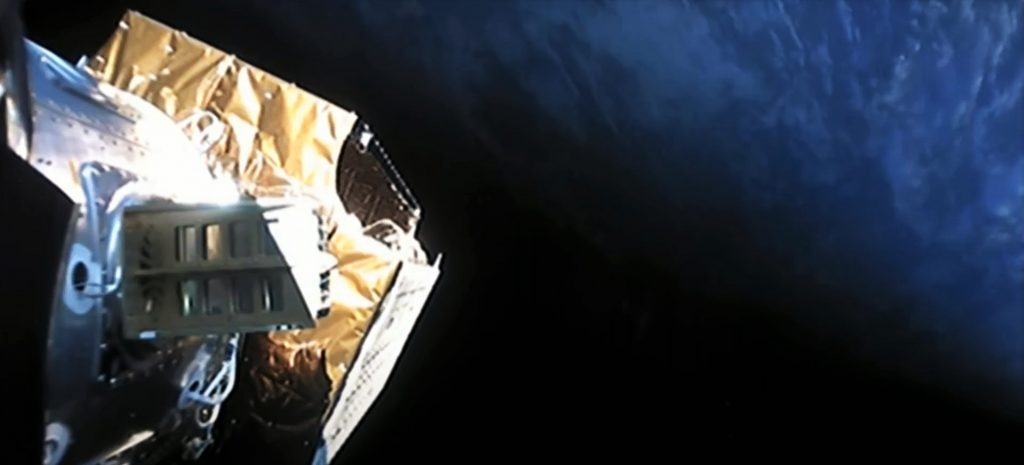
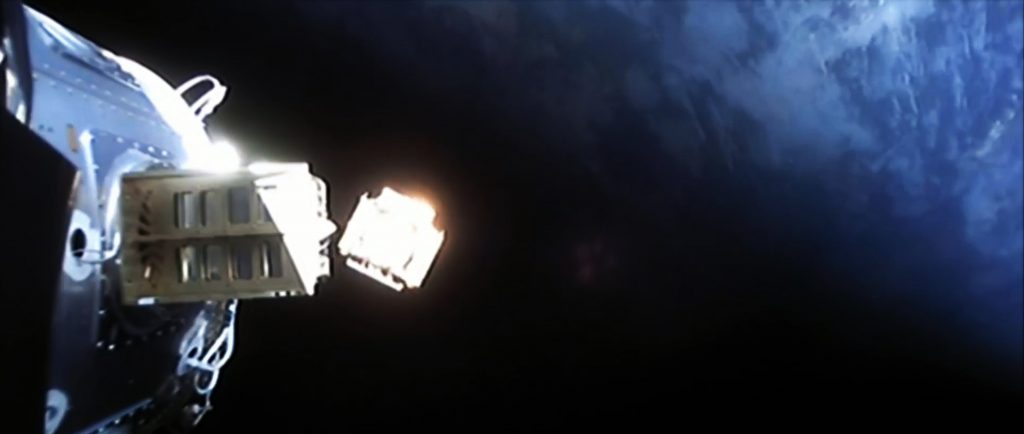
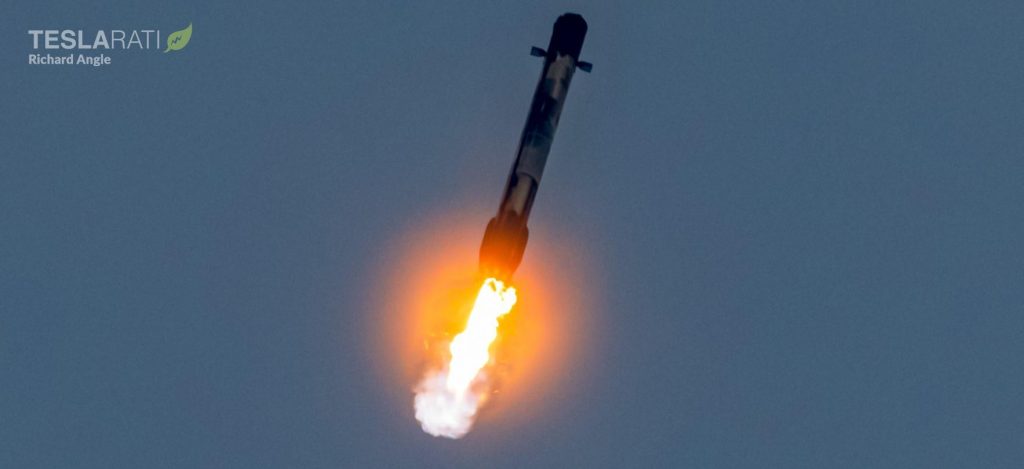
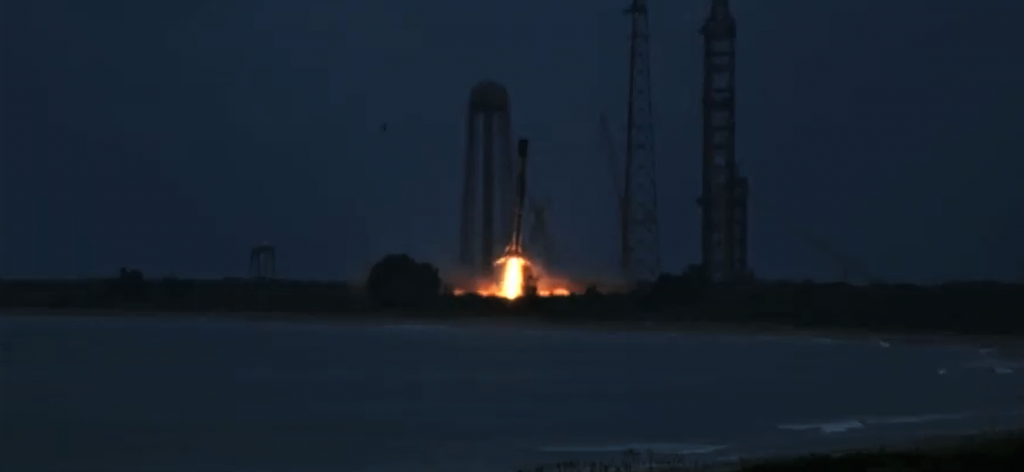
While an otherwise routine and unexceptional mission, SpaceX has now proven that it’s possible for commercial launch providers to fly to polar orbits – orbits centered around Earth’s poles – from the East Coast. Since 1969, Cape Canaveral (and, far less often, Virginia’s Wallops) launch facilities have offered access to low Earth orbits, geostationary orbits, medium Earth orbits, lunar orbits, and interplanetary trajectories – just shy of anything but polar or sun synchronous orbit (SSO). To reach those orbits, launch providers have traditionally built entirely separate launch facilities on the US West Coast, mostly limited to California’s Vandenberg Air Force Base (VAFB) or, much less often, Kodiak, Alaska.
Building launch pads from scratch – or even reusing portions of old pads – is an extremely expensive and time-consuming endeavor, often taking at least 12-24 months and tens to hundreds of millions of dollars. Blue Origin, for reference, is likely spending $500 million to $1 billion or more to build a Falcon Heavy-class launch pad from scratch for its first orbital rocket, New Glenn. While much smaller rockets from startups like Firefly and Relativity need proportionally smaller and cheaper launch pads, pad construction still end ups being a major expense and hurdle for new entrants. Both Firefly and Relativity have already publicized plans to build two separate launch facilities at Vandenberg and Cape Canaveral.
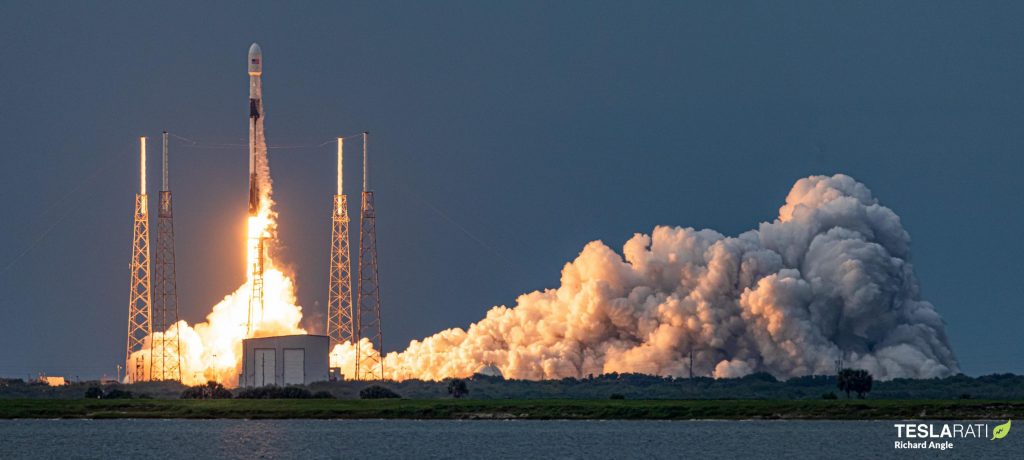
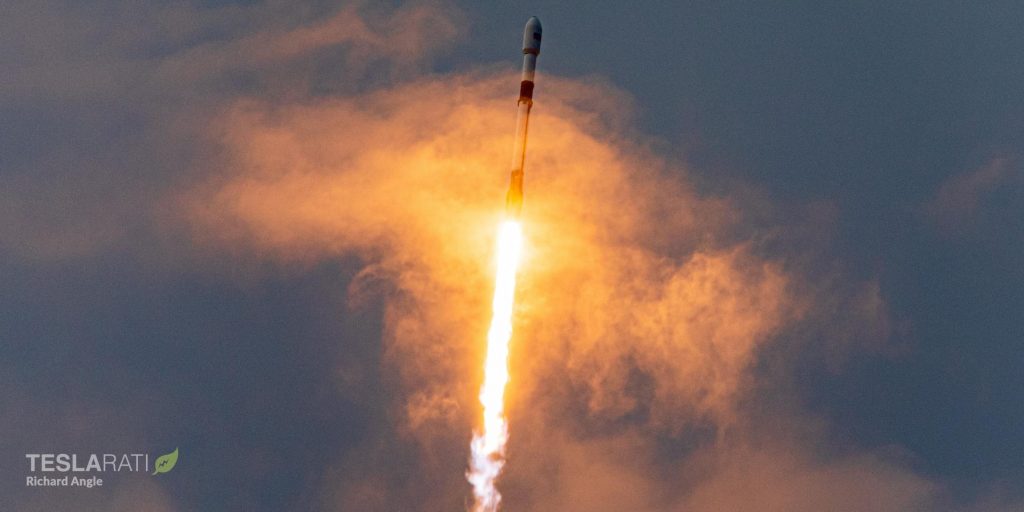
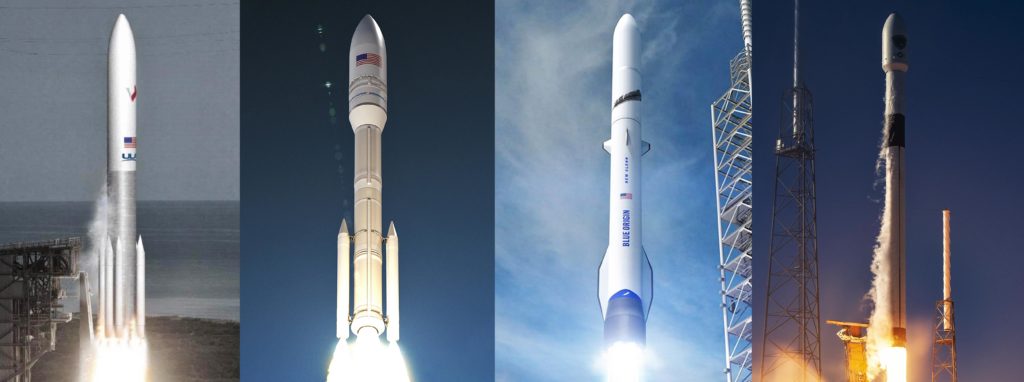
Now, given enough excess performance for any given payload, it may well be possible for companies like them – particularly Relativity – to move directly to Florida without having to sacrifice polar and SSO launch capabilities that are most commonly used by small satellites. For Blue Origin, it could potentially save the company years of work and hundreds of millions of dollars if it can avoid having to build a second New Glenn launch pad in California. ULA has already expressed interest in exploring East Coast polar launches for its next-generation Vulcan Centaur rocket, potentially preventing the need for expensive changes to one of its California launch pads.
It remains to be seen if the US military will ultimately certify the new Eastern polar launch corridor for its high-value payloads and it’s unclear if the new corridor has any major inclination or cadence restrictions, but it’s safe to say that existing providers are going to eagerly take advantage of this new capability.
Check out Teslarati’s newsletters for prompt updates, on-the-ground perspectives, and unique glimpses of SpaceX’s rocket launch and recovery processes.
